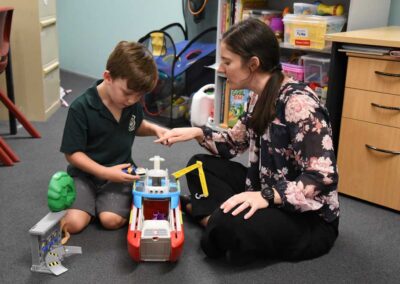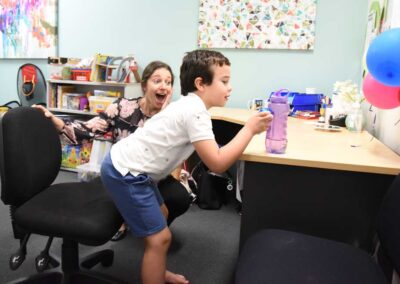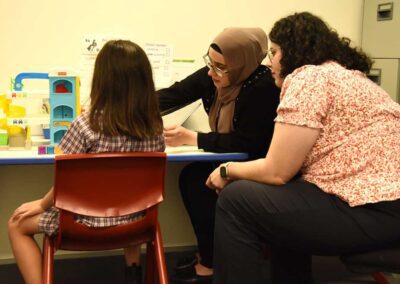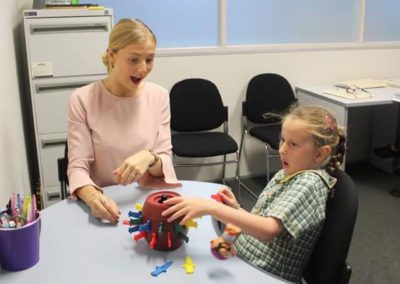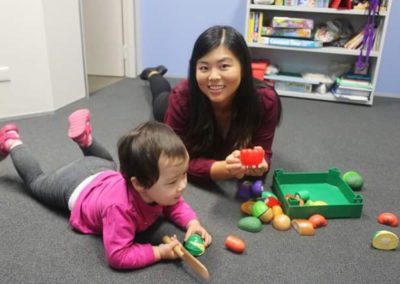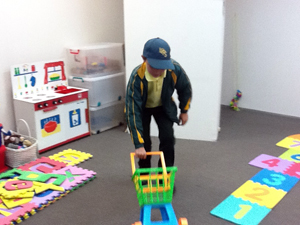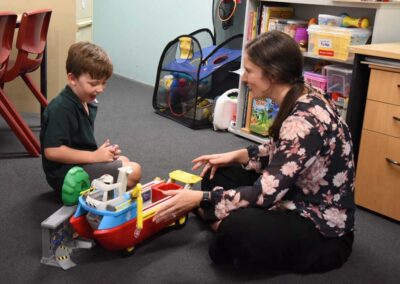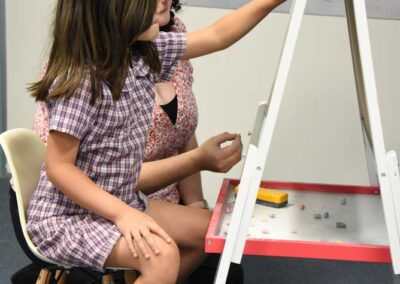Transitions are a big part of growing up. Whether your child is starting preschool, moving up a grade, or adjusting to a new learning environment, change can bring a mix of excitement and uncertainty. One of the best ways to help children feel more confident and prepared is to practice classroom-like routines at home. With consistency, encouragement, and a bit of creativity, you can turn everyday moments into powerful confidence builders.
Why Routines Matter
Routines give children a sense of predictability and structure. In the classroom, routines help students understand expectations, manage time, and feel secure. At home, replicating some of these structures can ease the transition into formal learning environments and reduce anxiety. Plus, when children know what to expect, they’re more likely to engage and thrive.
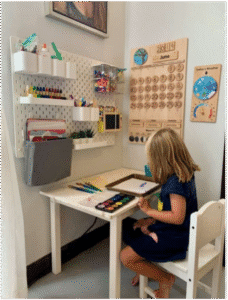
1. Set Up a “Learning Spot” at Home
Create a dedicated space where your child can do quiet activities like reading, writing, or crafts. Just a small table, some basic supplies, and a quiet atmosphere. Involving your child in setting this up can make it feel special and give them ownership of their learning space.
Tip: A calm space helps children focus and mimics the structured environment of a classroom.
2. Practice a Daily Routine
Start the day with a mini schedule that mirrors what might happen in a classroom. Wake up, get dressed, eat breakfast, then transition into a “learning time” block. Use visual schedules or timers to help younger children understand time concepts and stay on track.
Example Routine:
- 8:00 – Wake up and morning routine
- 9:00 – Story time or reading
- 9:30 – Activity or craft
- 10:15 – Snack and movement break
- 10:30 – Quiet time or independent play
Consistency builds confidence – and routines don’t need to be rigid to be effective.
3. Role Play Common Classroom Scenarios
Role-playing helps children practice social and behavioural skills in a fun and low-pressure way. You can act out situations like raising a hand, taking turns, or asking for help. This kind of play reinforces classroom norms and helps your child feel ready for real interactions.
4. Use Positive Language and Praise Effort
Building confidence isn’t just about doing things perfectly – it’s about celebrating the effort and growth along the way. Use encouraging language that focuses on trying, learning, and improving. Confidence blooms when children feel safe to make mistakes and learn from them.

5. Read Books About School and New Experiences
Children’s books about starting school, making friends, or learning routines can open great conversations. Reading about characters navigating similar situations can make the unfamiliar feel a little more familiar.
6. Model and Encourage Independence
In classrooms, kids are expected to do many things on their own – zipping coats, cleaning up, managing supplies. Help your child practice these skills at home. Give them time and space to try things independently, and step in with support when needed.
Pro tip: Make everyday routines like putting on shoes or packing a bag part of the “school prep” process.
Final Thoughts
Preparing for a new routine doesn’t have to be stressful – it can be empowering. With a little practice at home, children can build the confidence they need to walk into any classroom feeling ready to learn and grow. The key is consistency, encouragement, and creating positive associations with routines and learning. And remember: your calm and confident attitude goes a long way in helping your child feel the same.


